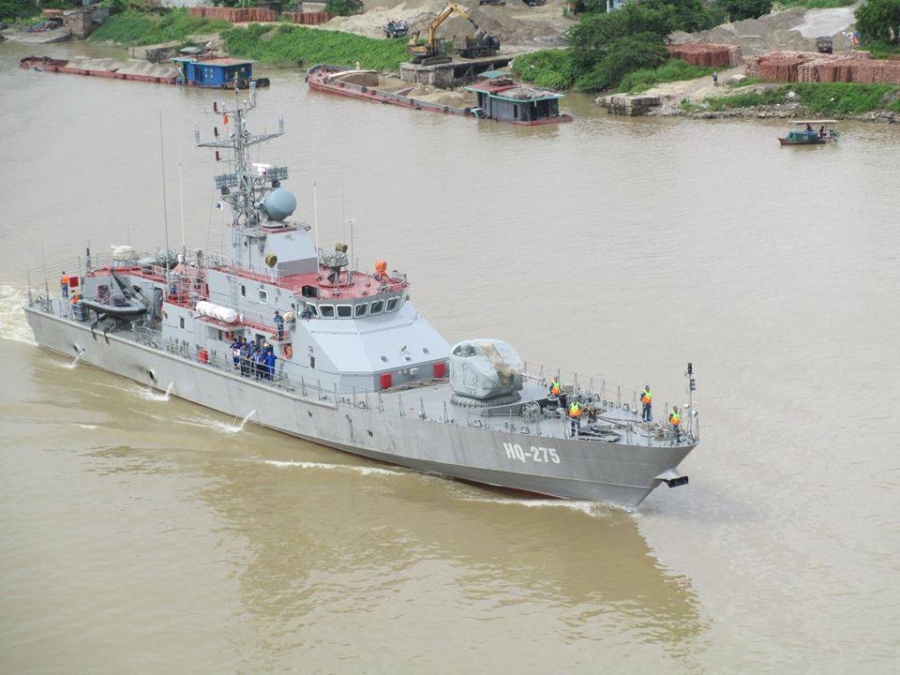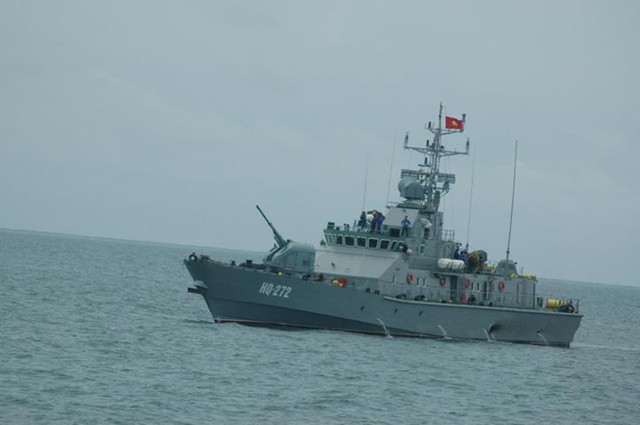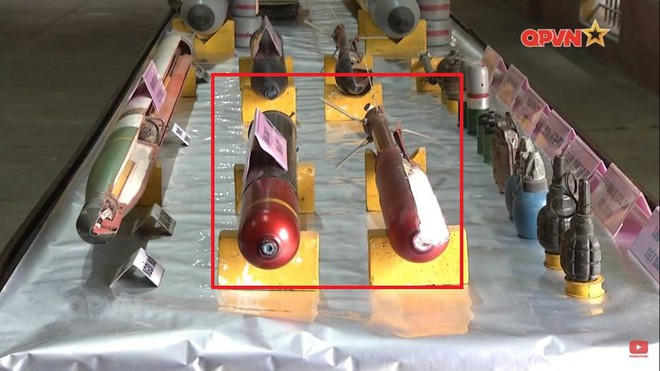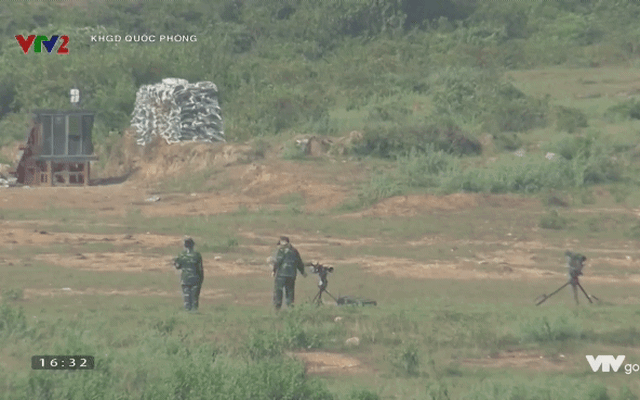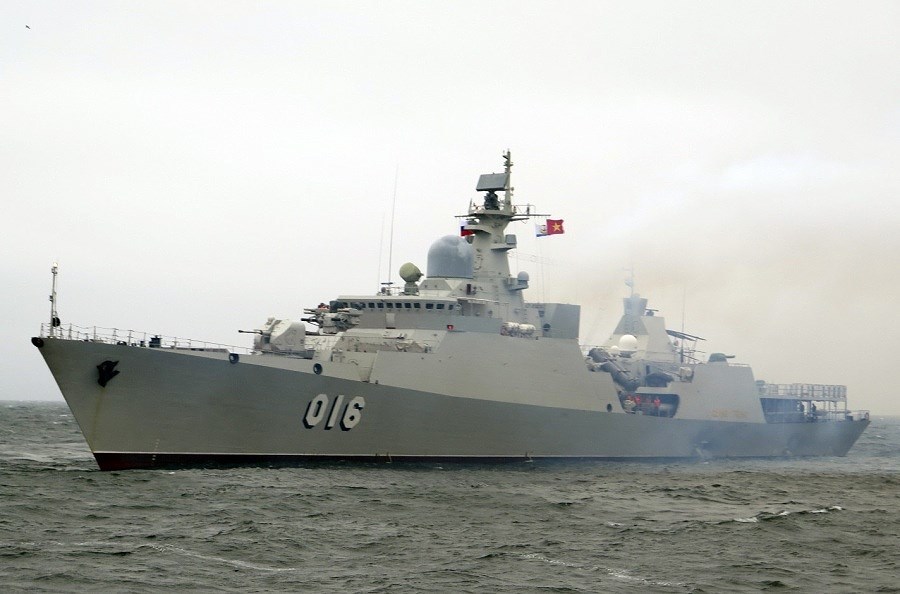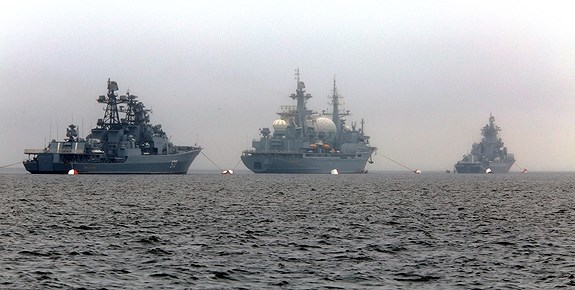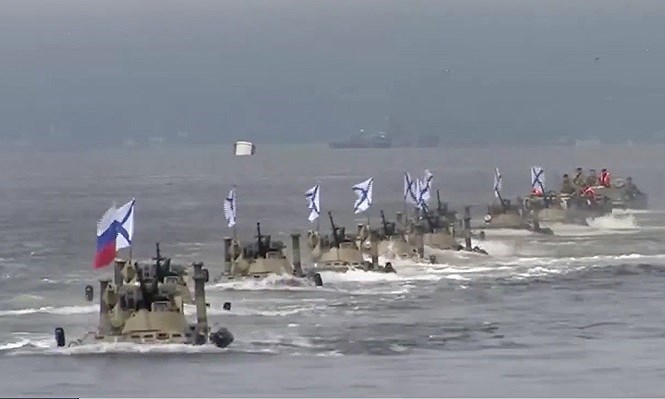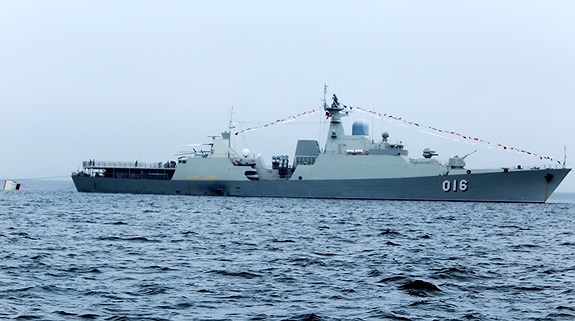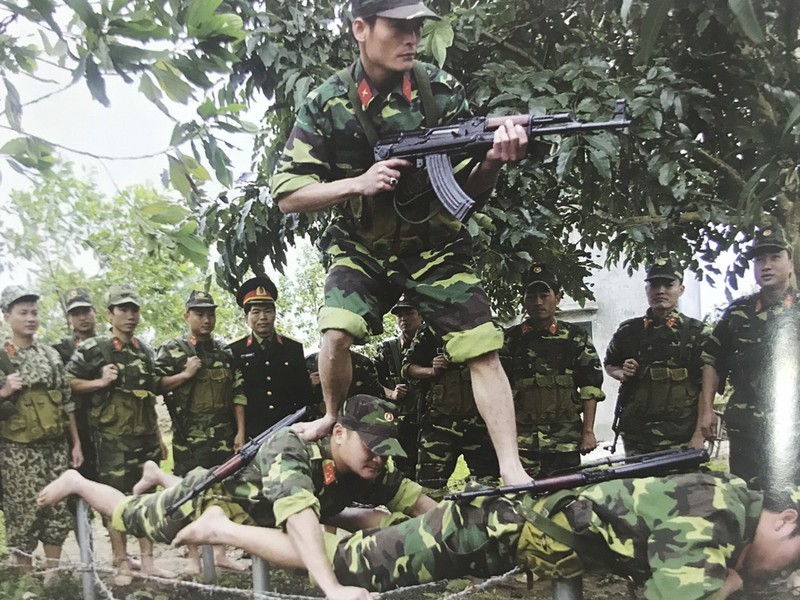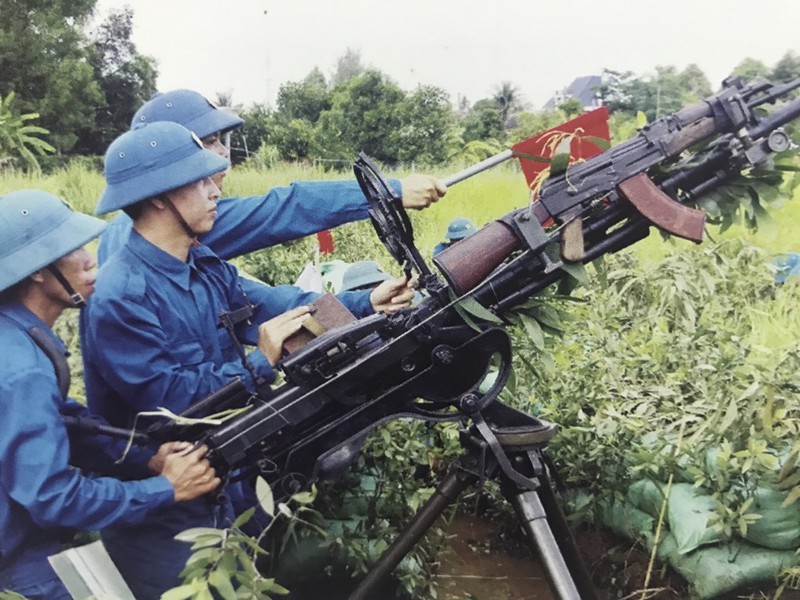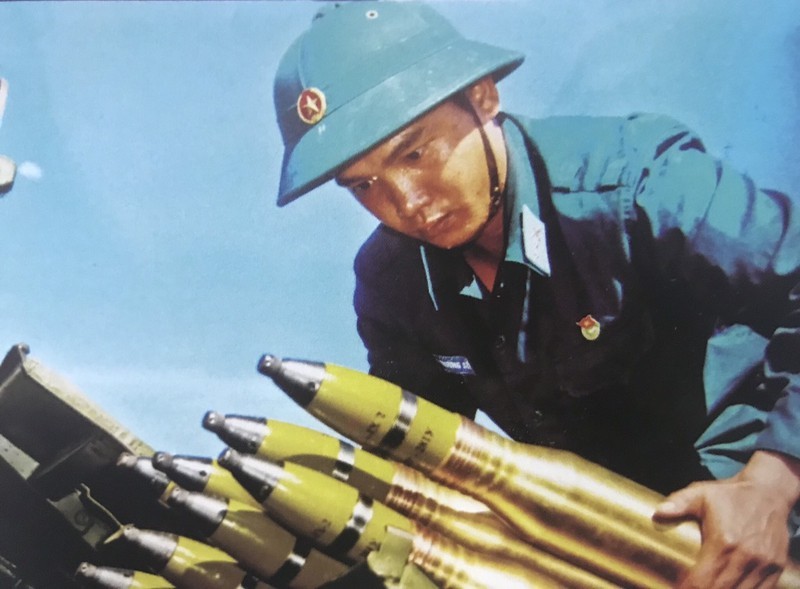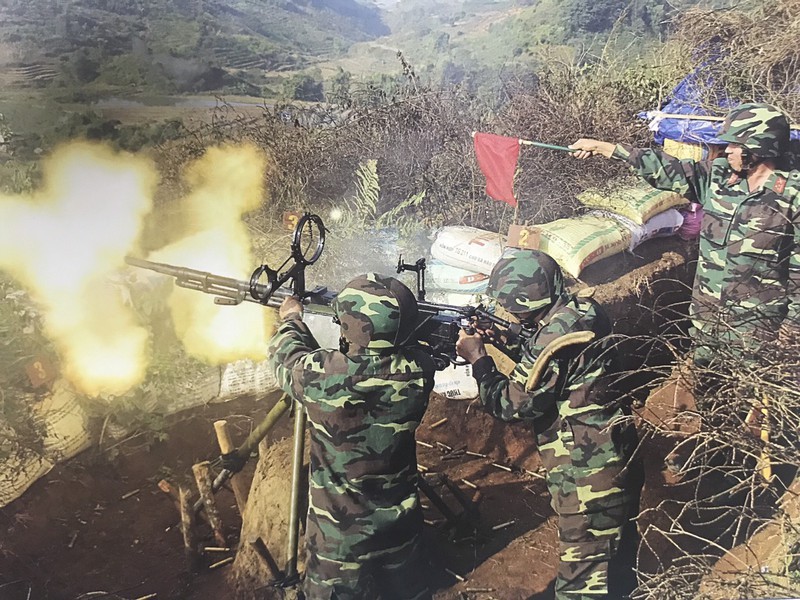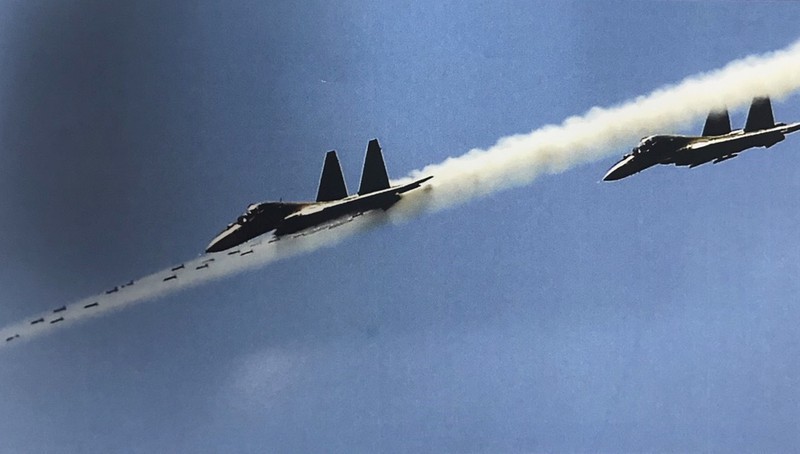Vietnam, Under Increasing Pressure From China, Mulls a Shift Into America’s Orbit
Joshua Kurlantzick | Thursday, Jan. 30, 2020
In a major new defense white paper, its first in 10 years, Vietnam has begun signaling that it could abandon its long-standing foreign policy strategy of hedging between major powers like China and the United States and move more definitively into Washington’s orbit. These documents are generally full of turgid jargon, but this one, released late last year, is unusually blunt,
with a warning to China about the consequences of stepping up its aggressive behavior toward Vietnam in the South China Sea.
Despite its potential policy significance, though, the defense paper has been overshadowed in Vietnam by the country’s domestic politics. The ruling Communist Party elites are already jockeying for position ahead of the next National Congress in January 2021, when the party will elect its slate of senior leaders. President Nguyen Phu Trong, who also serves as party general secretary,
is in poor health and set to retire, and there is
no clear front-runner to replace him. The outcome of this political infighting will likely play an important role in determining just how much Hanoi is willing to recalibrate its foreign policy.
Get your FREE copy of our in-depth report on the U.S.-China Rivalry in the Trump Era.
The defense paper clarifies the Vietnamese leadership’s current and future strategic thinking, including its military organization, its defense capabilities and its broader view of relationships with regional and global powers. In its three previous editions—in 1998, 2004 and 2009—
Vietnam was much more cautious about antagonizing China, with which it has longstanding political and economic ties. The 2009 paper offered
only positive assessments of Beijing, while remaining consistent with Hanoi’s careful approach to foreign policy, which it calls the “
three nos”: no formal military alliances, no hosting of foreign military bases and no explicit alignment with any single outside actor.
The new white paper does not break fully from this doctrine, but it does make some frank assessments about rising tensions in Southeast Asia.
In the words of Nguyen The Phuong, a research associate at Vietnam National University’s Center for International Studies, the paper “recognizes the region as a boiling cauldron where great powers compete for influence.” This is an accurate assessment of the South China Sea, in particular.
China comes in for frequent and scathing criticism. In a section about the South China Sea, for example,
the paper notes that “unilateral actions, power-based coercion, violations of international law, militarization, change in the status quo, and infringement upon Vietnam’s sovereignty… have undermined the interests of nations concerned and threatened peace, stability, security, safety, and freedom of navigation and overflight in the region.” The culprit is not identified, but it is clear what country the passage is referring to, and in other places the paper directly names China.
Hanoi’s frustration is intensifying as Beijing becomes even more aggressive in the South China Sea. Last summer,
China provoked a months-long confrontation in the strategic waterway when it sailed a geological survey ship into Vietnam’s exclusive economic zone near Vanguard Bank. As Beijing continues its extensive militarization of nearby bases, which includes military installations on reclaimed land, China’s ability to intimidate Vietnam and other nearby countries will only grow. Vietnamese leaders are finding it harder to ease bilateral tensions through the usual diplomatic channels, with China simply refusing to respond to Vietnamese entreaties at times.
Anti-China sentiment among the Vietnamese population has also risen, as protests have erupted in recent years over China’s influence in the country and its bullying in the South China Sea, further complicating bilateral relations.
The U.S. and Vietnam have already built close strategic ties, and Pentagon officials regard Hanoi as one of America’s most important emerging military partners.
The defense paper, along with other speeches and writings by Vietnamese strategists, makes clear that China’s provocations are pushing Hanoi steadily away from the “three nos,” even if it is not ready to fully break from that doctrine. It may be evolving its strategy, though, to include a fourth “no” and one important hypothetical.
The paper says that Vietnam “will not use force or threaten the use of force in international relations,” presumably unless attacked. But more importantly,
it also suggests that although Hanoi is not ready for formal alliances, “depending on circumstances and specific conditions, Vietnam will consider developing necessary, appropriate defense and military relations with other countries.” This is a major statement that suggests Hanoi could ultimately jettison its previous foreign policy of hedging and tilt more clearly toward the U.S.
Washington would welcome such a move with open arms. The U.S. and Vietnam have already built close strategic ties, and Pentagon officials regard Hanoi as one of America’s most important emerging military partners. As
The Diplomat’s Prashanth Parameswaran has noted, Vietnam has “one of the more capable militaries in Southeast Asia.” The Trump administration has increased so-called freedom of navigation patrols in the South China Sea to challenge China’s expansive maritime claims, and sent the
first U.S. aircraft carrier to Vietnam since the Vietnam War, among other efforts to upgrade relations. Even
Trump’s criticism of Vietnam on trade issues has not seriously damaged strategic ties.
The bilateral relationship has become even more important to Washington as other regional actors have drawn closer to China. Under President Rodrigo Duterte, the Philippines, a U.S. treaty ally, continues to pivot toward Beijing. This month,
Duterte pushed forward major China-backed infrastructure projects despite national security concerns, including over a major new airport located near sensitive military facilities and the involvement of a Chinese state-owned company
in the Philippine telecommunications sector.
Defense planners in Washington imagine Hanoi playing an even bigger role in American foreign policy in Asia, or what the Trump administration has branded as its “
Indo-Pacific strategy.” That role
could include more U.S. port calls to Vietnam,
larger American defense aid packages, and perhaps Vietnam even joining the Quadrilateral Security Dialogue, a loose security coalition the U.S. maintains with Japan, Australia and India. Vietnam’s new defense paper states that ships of foreign navies are welcome to visit Vietnamese ports—a signal to the U.S. as well as to other naval powers like India.
But Hanoi must also consider the diplomatic and economic fallout of aligning more closely with Washington. Vietnam maintains
close economic ties with China, which is Hanoi’s largest two-way trading partner, and many Vietnamese officials are wary of scaring off Chinese investors. Some Vietnamese strategists also doubt that the U.S. would come to their country’s defense should a major conflict erupt in the South China Sea.
Whether the Vietnamese government acts on the tough language laid out by its defense strategists also depends on who ascends to the party leadership next year. Trong, the most powerful politician in Vietnam right now, is historically known for
his ideological and personal links to China, even as Vietnam’s ties with the U.S. have continued to improve under his leadership. He
reportedly favors Tran Quoc Vuong, the deputy general secretary, to succeed him. Vuong would likely represent continuity, but he has
never held a top government post and is inexperienced in foreign policy, so he could be seen as weak in responding to Chinese aggression. Another candidate for the top leadership, Prime Minister Nguyen Xuan Phuc, may be more skeptical of China and supportive of warmer ties with Washington.
Trong has been the party chief since 2011, and the party gave him the additional role of president in 2018, when the previous officeholder, Tran Dai Quang,
died from an illness. One key decision facing the party at next year’s congress is whether to permanently merge the two roles or, more likely, to separate them again. Combining them would mean stepping away from a longtime arrangement of sharing power among the “four pillars” of party chief, president, prime minister and chair of the National Assembly.
Whatever arrangement the party decides on, its new leaders will face some tough decisions on how to approach China. In the meantime, some in Hanoi may believe that it is unwise to push Beijing any further before first sorting out its domestic politics. But it may not have the luxury of waiting until 2021, should Beijing decide to provoke another standoff in regional waters.
Joshua Kurlantzick is senior fellow for Southeast Asia at the Council on Foreign Relations.

